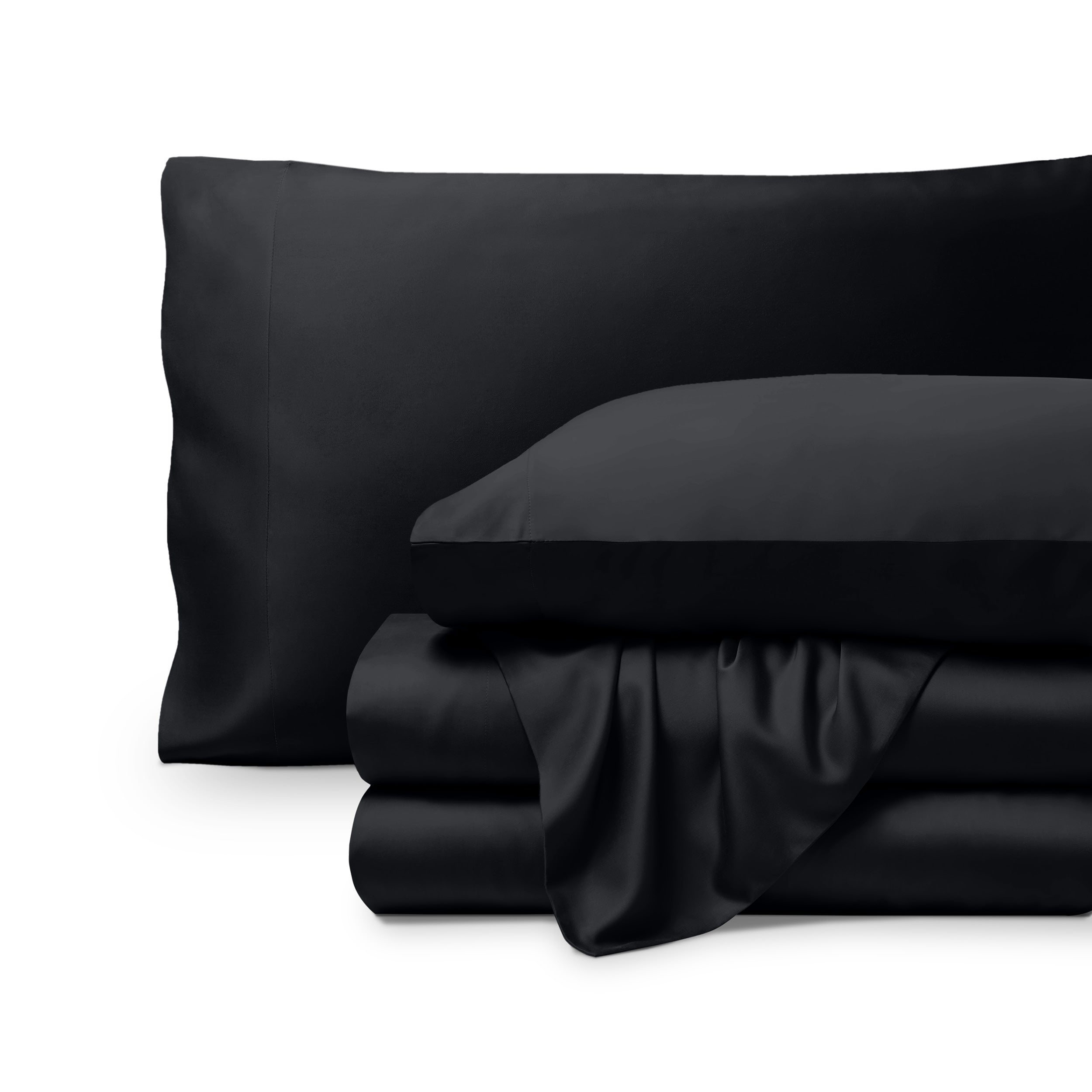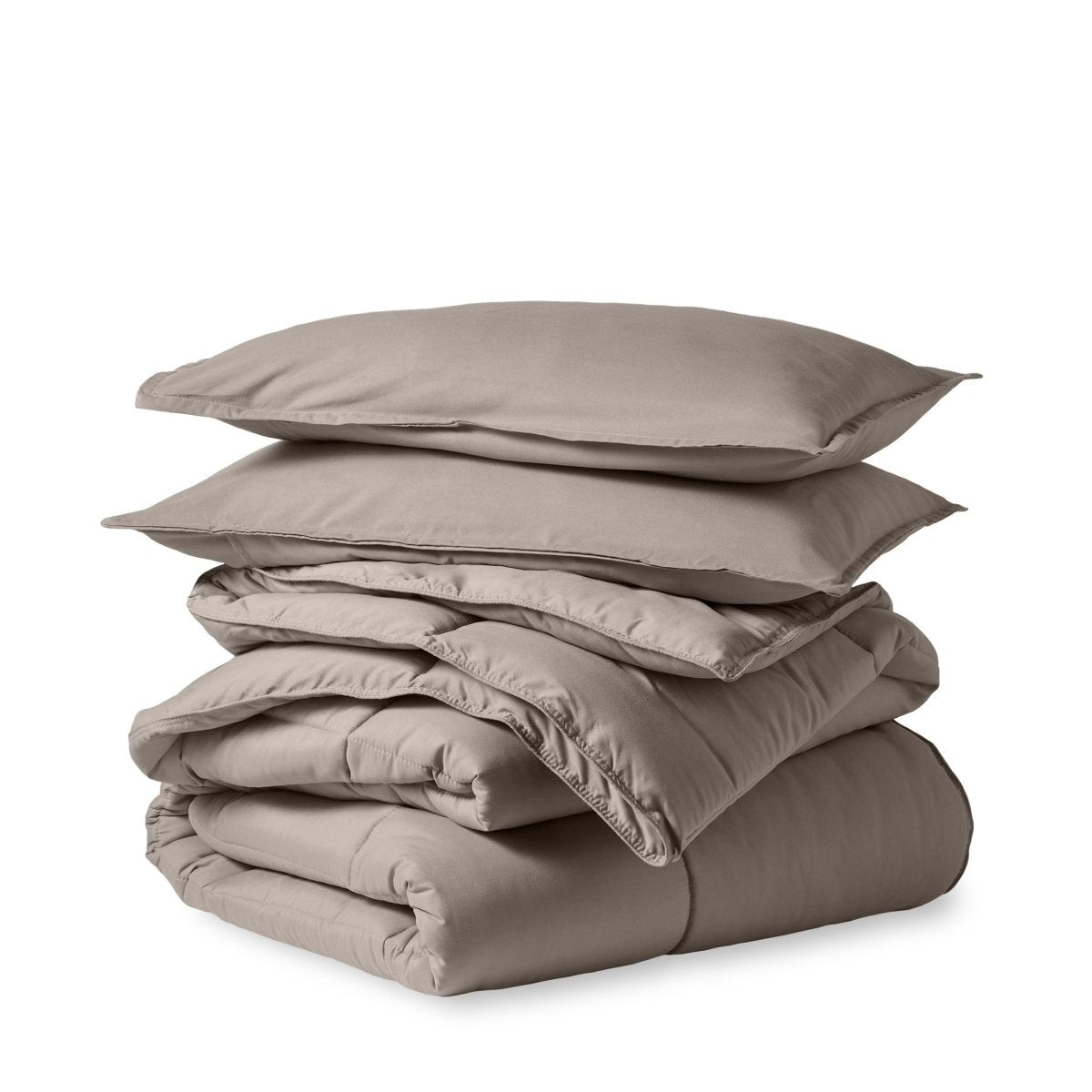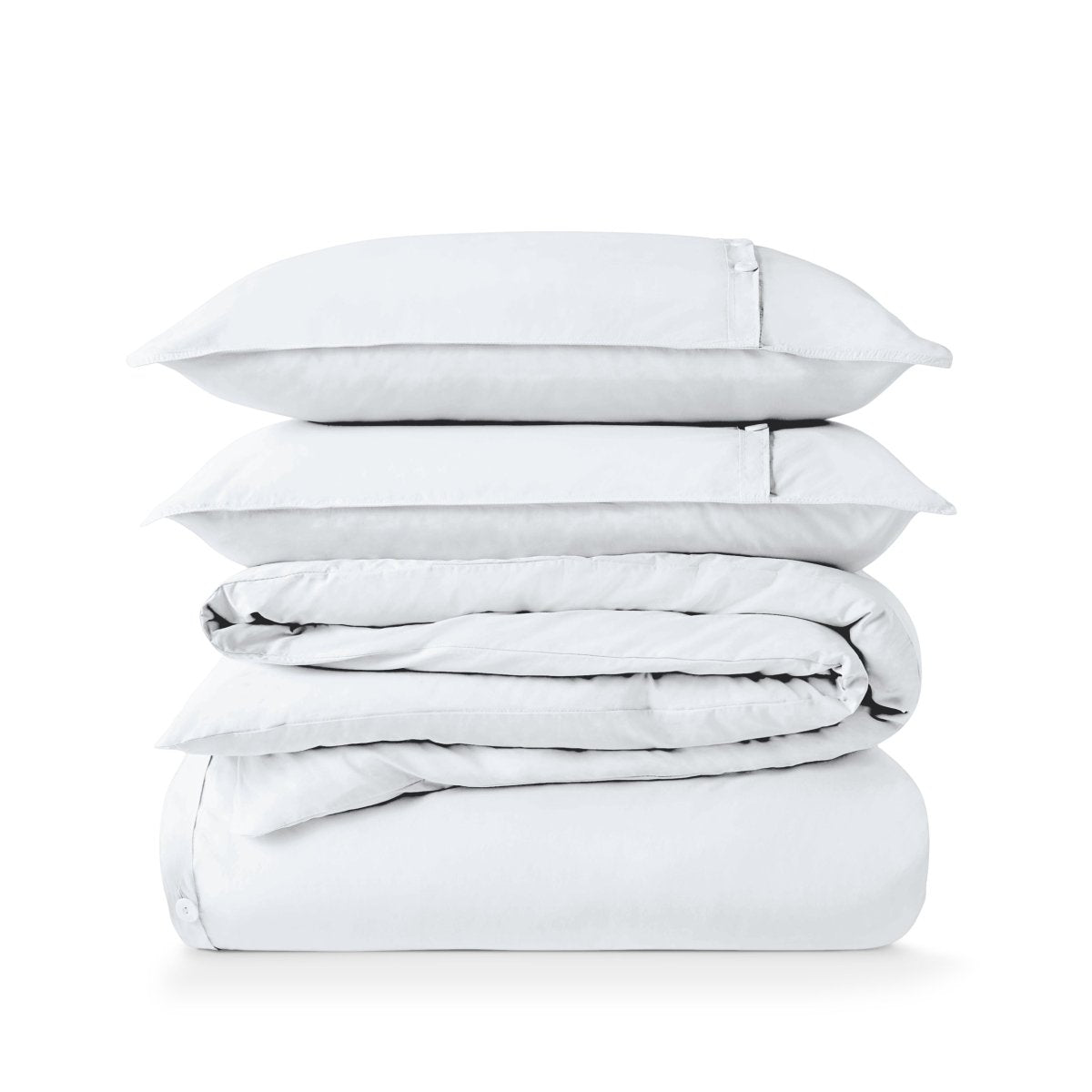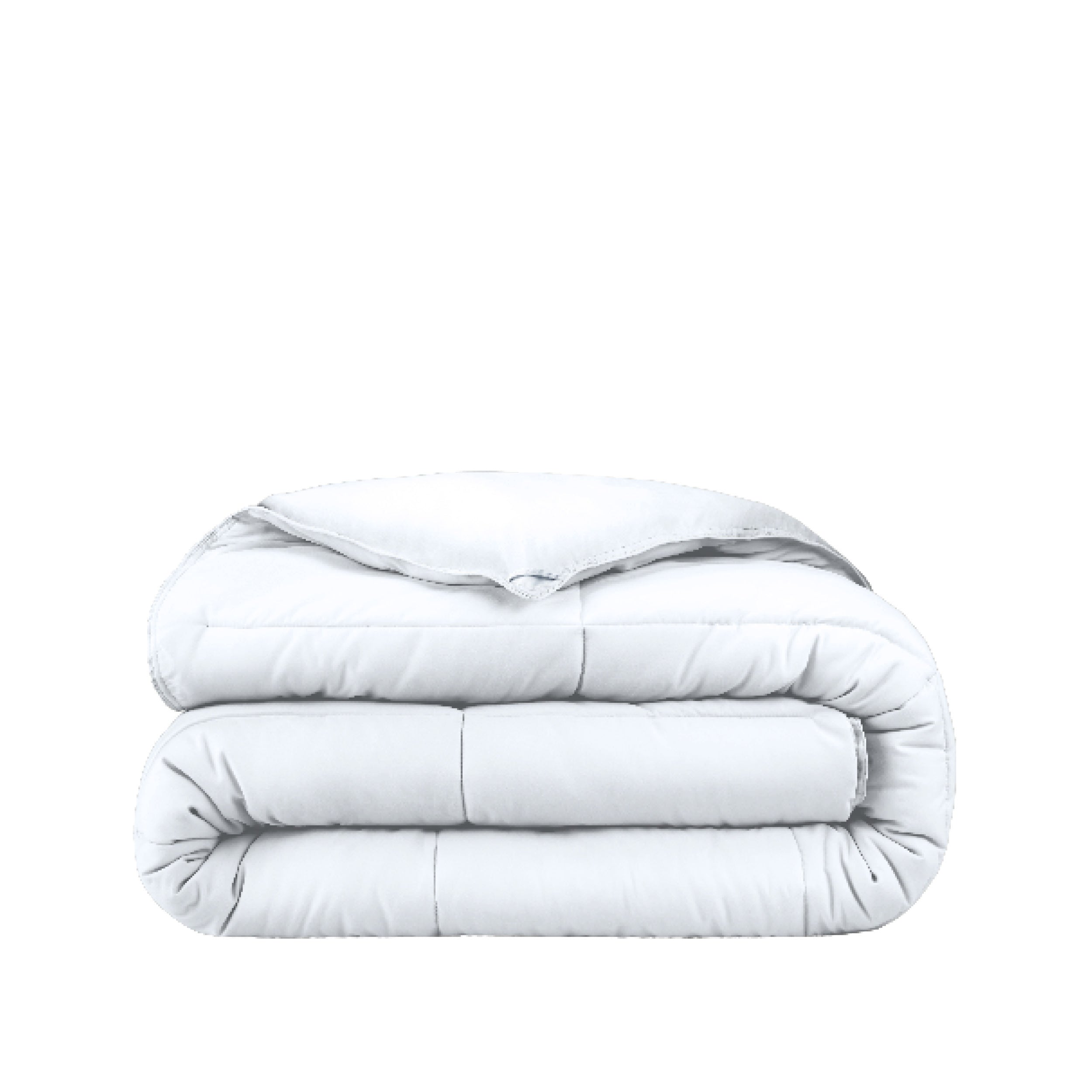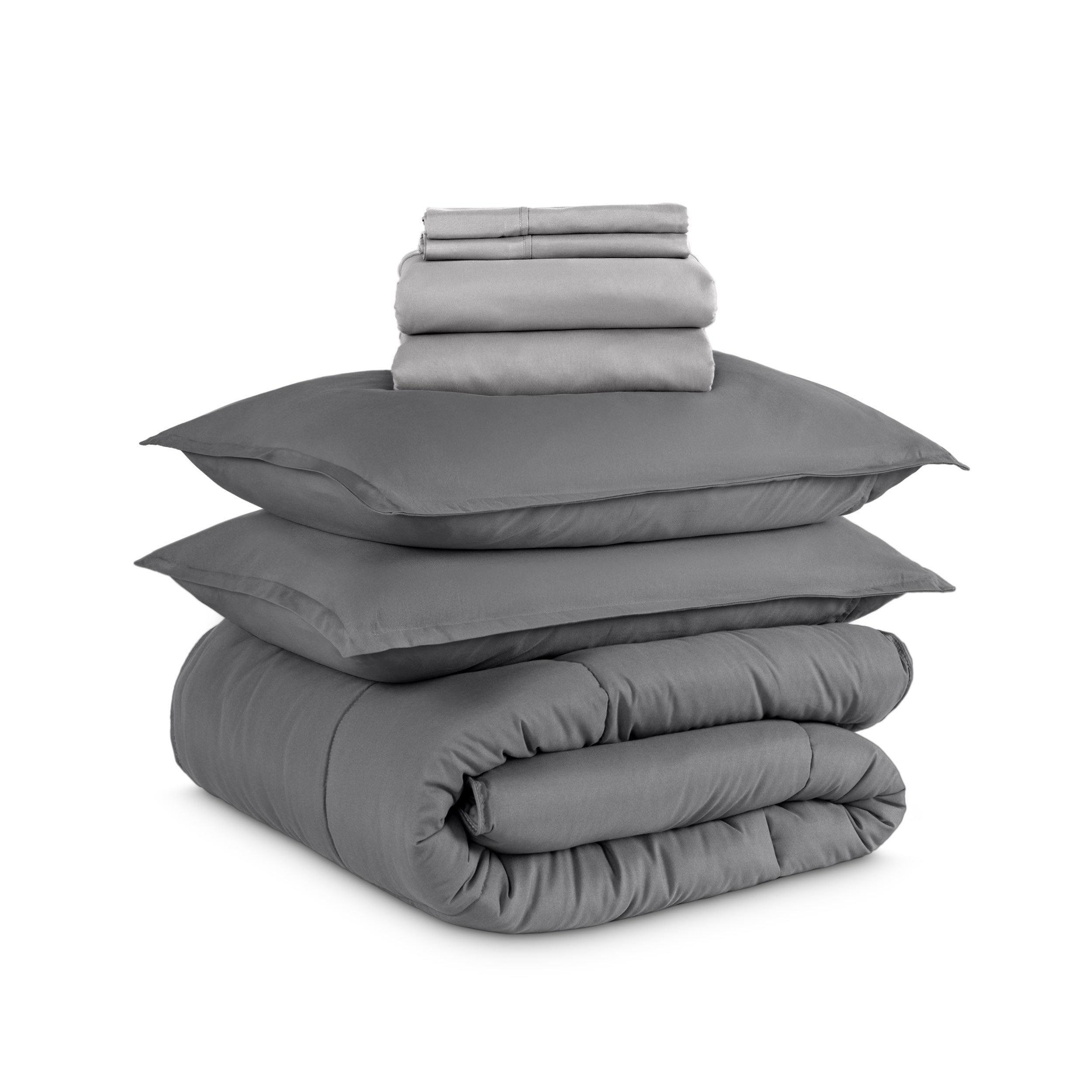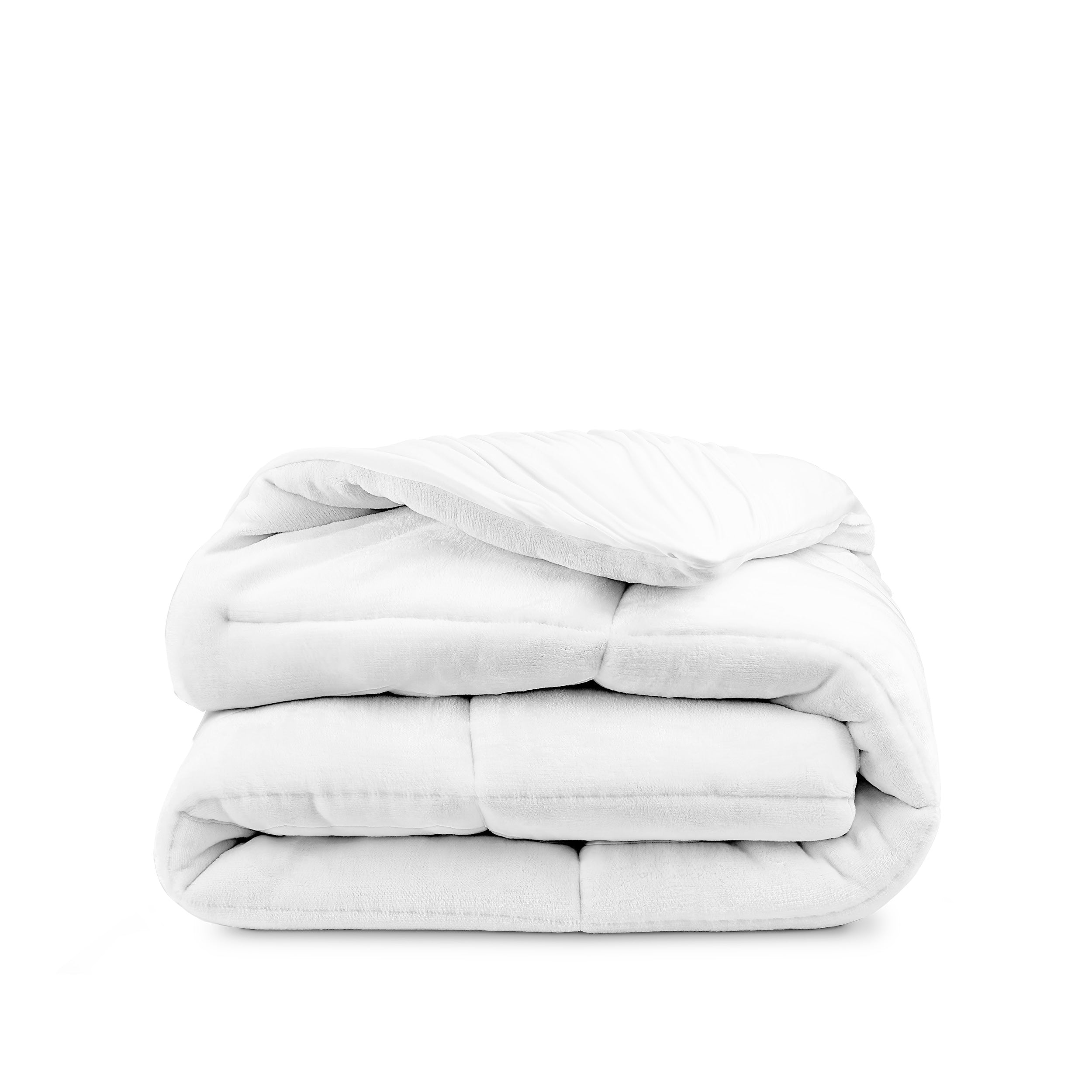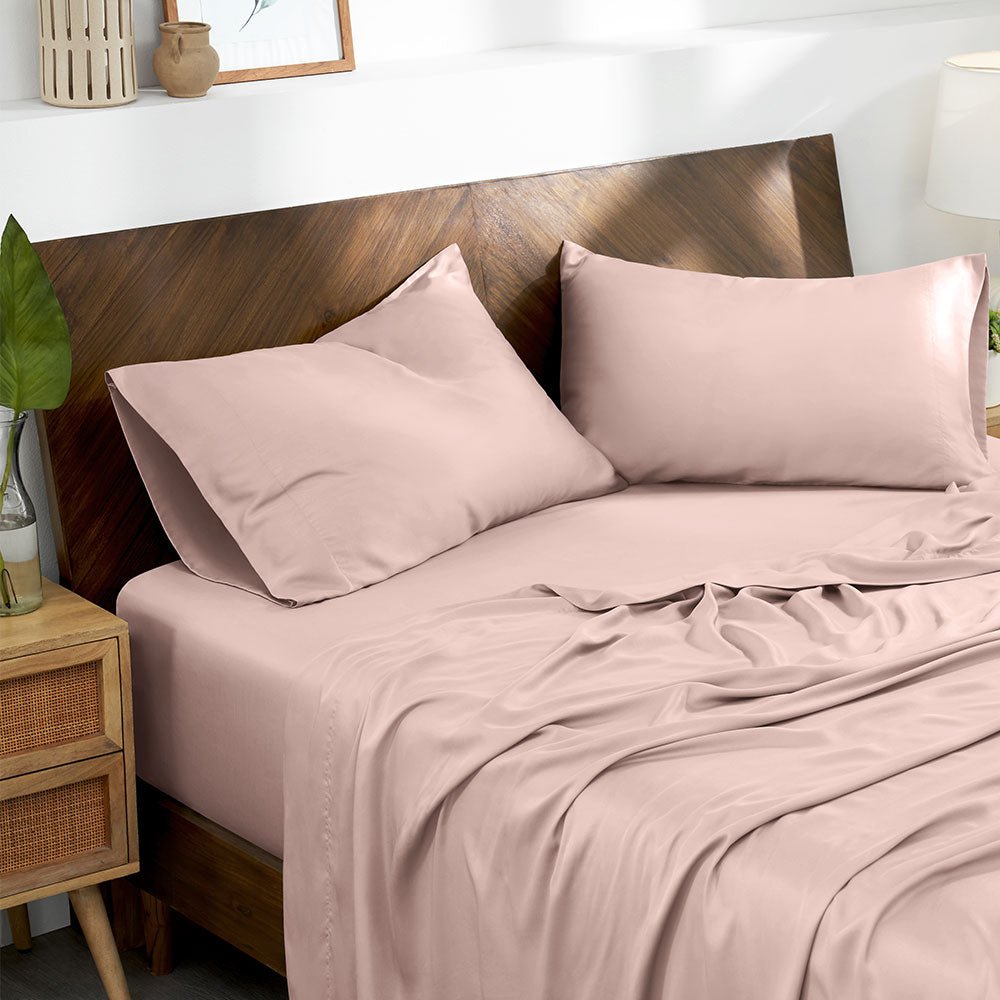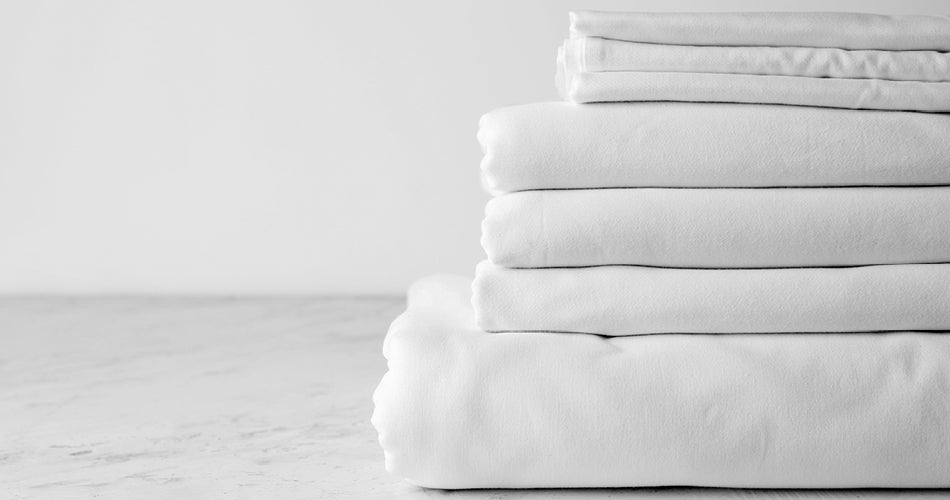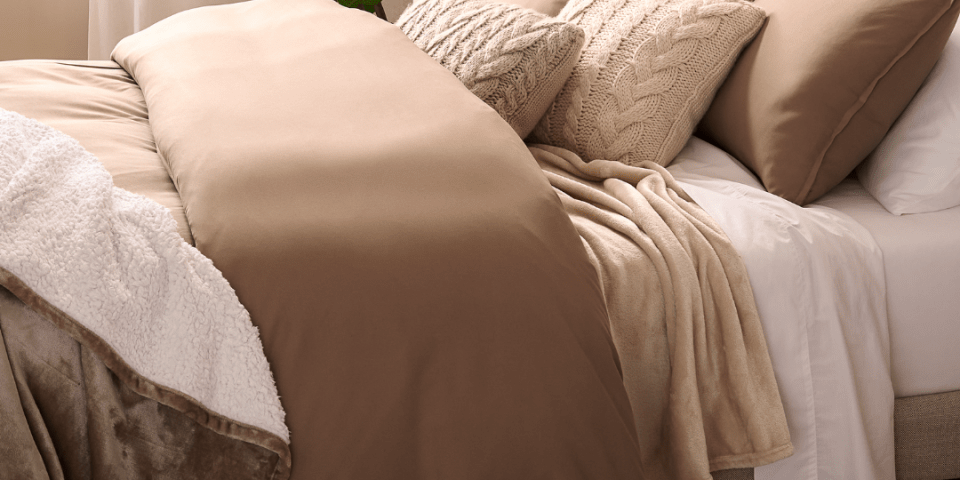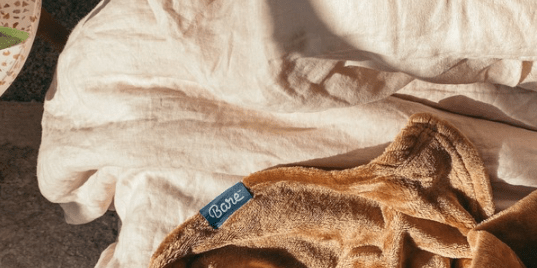You spend one-third of your life in bed, so it's important to make sure your bedding is clean and fresh. But how often should you wash your sheets and comforter? Do you need to wash new sheets before using them? And how do you repair a snag or a tear in your fabric? In this blog post, we will answer all these questions and more! We'll provide tips on how to launder different types of bedding, and we'll show you how to store your bedding properly so that it stays fresh and clean for years to come.
Do I Need to Wash New Sheets Before I Use Them?
New sheets may be treated with chemicals that can cause skin irritation, and they may also contain dust or other particles that can trigger allergies (another reason to go Bare!). By washing bed sheets before using them, you'll help to remove any unwanted chemicals or particles, and you'll also help to soften the fabric. It's also a good idea to preshrink your new sheets to ensure the perfect fit.

How Often Should I Wash Bed Sheets (and Other Bedding)?
How often you wash your bedding is primarily determined by how often you use it. If you sleep on your sheets every night, you should wash them at least once a week. Comforters and duvets can be washed less frequently, about every two to three weeks. Mattress pads, since they wear more slowly than sheets, can be washed even less frequently, about once a month.
However, if you have allergies or sensitivities, or if the family pet likes to sleep in bed with you, you may need to wash your bedding more often to keep dust and other irritants at bay. In general, it's best to err on the side of caution and wash your bedding more often rather than less. This will help to ensure that your sleeping environment is clean and fresh.
How to Wash Sheets, by Fabric Type
First, let's start with a few general tips. When washing, avoid overloading the machine. This ensures there is room for water and detergent to circulate so all parts of your bedding get cleaned. If possible, use a front-loading machine to avoid tangling and damaging of fabric. To get rid of dust mites, allergens, and other germs, wash bedding on the hottest setting possible according to the care instructions on the label. Finally, avoid dryer sheets if possible as they leave residue on fabric. Instead, opt for a set of wool dryer balls or tennis balls to soften fabrics and remove static.
Cotton
Cotton sheets are a popular choice for bedding because they are soft, durable, and breathable. They are also relatively straightforward to care for. However, if they are not washed correctly, they can shrink, develop wrinkles, or fade in color. To avoid these issues, here are a few simple tips to follow.
First, always wash Cotton sheets on a gentle cycle in cool or lukewarm water. Hot water may cause shrinkage and is only necessary if you are trying to remove allergens or microbes. Second, use a mild detergent when washing the sheets. Harsh chemicals can damage the fibers and cause fading. Finally, be sure to tumble dry the sheets on a low-heat setting or hang them to air dry. With a little care and attention, your cotton sheets will stay looking new for years to come.

Microfiber
Microfiber sheets are known for their softness, durability, and easy care. Unlike other types of fabrics, microfiber is relatively resistant to shrinking, wrinkling, and staining. In addition, it dries quickly and doesn't require ironing. When it comes to laundering microfiber sheets, there are a few things to keep in mind.
First, always use a mild detergent and avoid using fabric softener, as this can leave residue the fabric. Use the gentle cycle on your washing machine (warm water is fine, just follow the care label) and dry on low heat. There's no need to iron, just remove promptly from the dryer and shake. Easy peasy!

Linen
Linen sometimes gets a bad rap as a "difficult" fabric, but with a few simple tips, you can keep your linen bedding looking beautiful for years to come. After all, the more linen is washed, the more it develops its signature sheen. Always wash linen sheets on a gentle cycle in cool or lukewarm water if you are concerned about shrinkage. Use a mild detergent and avoid harsh chemicals such as bleach.
If possible, line-dry your sheets or tumble dry on low heat; high temperatures can be hard on fibers. One effective way of drying linen is to remove it from the dryer while still slightly damp and hang it to finish. When storing your sheets, fold them loosely to avoid creases and you can enjoy the luxurious feel for years to come.

Silk
While silk fibers are widely known for their strength, the fabric can be quite delicate. To preserve the fabric, keep the following in mind while laundering your silk sheets. Always wash by hand in cool water using a mild detergent. Avoid hot water, which can damage the fibers.
Silk sheets can also be machine-washed on the delicate cycle but be sure to use a gentle detergent and skip the dryer; instead, hang silk sheets to dry. When ironing, use a low setting and protect the fabric with a press cloth. With proper care, your silk sheets will stay soft and beautiful.

Laundering Comforters, Pillows & Mattress Pads
Comforters
Most comforters can be machine-washed on a gentle cycle using cool water and mild detergent. However, it's always best to check the care label before washing. If your comforter is made of delicate fabric or has special features like down filling, you may need to take it to a professional for cleaning.
Be sure to use a mild detergent and don't overstuff the washer; otherwise, your comforter won't come out as clean as you'd like. When in doubt, err on the side of caution and take your comforter to a laundromat that has large-capacity washers and dryers. Finally, make sure to dry your comforter on low heat or air dry it to prevent shrinkage.
Pillows
Pillows are an important part of a good night's sleep. However, they can also collect dust, dander, and sweat over time, leading to allergies or skin irritation. Additionally, pillows can become flat or lumpy from extended use, making them less comfortable and supportive. To keep your pillows looking and functioning their best, it's important to launder them regularly.
Most pillows can be machine-washed on a gentle cycle with warm water. You may need to use two pillows to balance the load in your washing machine. Be sure to add a mild detergent designed for delicate fabrics, or a special down wash if needed.
Once the cycle is complete, remove the pillows from the machine and allow them to air dry completely before using them again. You may need to fluff them occasionally as they dry to help maintain their shape. Likewise, you can dry pillows on low heat with dryer balls or tennis balls to increase loft.

Mattress Pads
Remove the pad from the mattress and shake it out to remove any loose dirt or debris. Machine wash the pad on a gentle cycle using warm water and mild detergent. Line dry the pad or machine dry on low heat, using dryer balls or tennis balls to keep it fluffy. To avoid mildew, make sure your pad is completely dry before putting it on your bed.
If the pad is still stained after washing, you can try spot cleaning with a solution of equal parts water and vinegar. Apply the solution to the stain with a clean cloth and let it sit for several minutes. Then, rinse or blot the area with a clean cloth to remove the solution and the stain. Lay flat to dry.

Treating Stains
Those who have ever dealt with a stain on their bedding know the frustration that comes with trying to remove it. While there are a variety of store-bought products that claim to be effective at treating stains, not all of them live up to the hype. Fortunately, there are a few simple tips that can help to remove even the most stubborn stains.
One of the most important things to remember is to act quickly. The longer a stain sits, the harder it will be to remove. Pre-treating the stain with a mild detergent can also help to loosen it from the fabric. For tougher stains, pretreating with vinegar (for coffee) or hydrogen peroxide (for blood) can be effective.
It is also important to use enough detergent when washing the bedding; otherwise, the stain may not come out completely. Avoid using hot water, as this can set the stain and make it impossible to remove.
To Iron? Or Not to Iron?
There's no right or wrong answer when it comes to ironing your bed sheets. Some people love the feel of crisp, freshly ironed sheets, while others find it to be a waste of time. If you do decide to iron your sheets, there are a few things to keep in mind.
First, make sure the fabric is pre-washed and dried. This will help to prevent wrinkles and fabric damage. Second, use a moderate setting on your iron, and be sure to use a press cloth between the iron and the fabric. This will help to protect the fabric and prevent scorching.

Care and Repair
There are some easy steps you can take to prolong the life of your bedding. First, make sure to regularly rotate your pillows and comforter. This will help to evenly distribute the wear and tear on both the fabric and the filling.
It's also important to invest in a good-quality pillow protector and duvet cover. These will help to protect your bedding from stains and other damage and cut back on the need to launder those items. And be sure to regularly fluff and shake out your pillows and comforter. This will help to prevent them from becoming lumpy or misshapen.
If you have damaged sheets, comforters, or pillows, you may be wondering if there is anything you can do to repair them. The good news is that there are some steps you can take to try to fix the damage. If the damage is just a stain, you can try spot cleaning with a mild detergent. Particularly delicate fabrics may require a trip to a dry cleaner.
If the damage is more significant, such as a tear or hole, it is relatively simple to patch it or sew it up. You can find iron-on patches at most craft stores, or you can use a piece of fabric from an old pillowcase or sheet. If you are handy with a sewing machine, you can repair items such as unraveled seams or replace worn-out elastic on a fitted sheet.

Conclusion
Now that you know how to clean and care for your sheets, there’s no need to suffer through a night of uncomfortable sleep. Make sure to wash your bedding every week and iron them if necessary- this will keep them looking and feeling their best. If something does happen to go wrong, don’t worry! We’ve got you covered with some tips on how to repair and prolong the life of your sheets. Follow these simple steps and you can enjoy sweet dreams on fresh, clean sheets for years to come.


